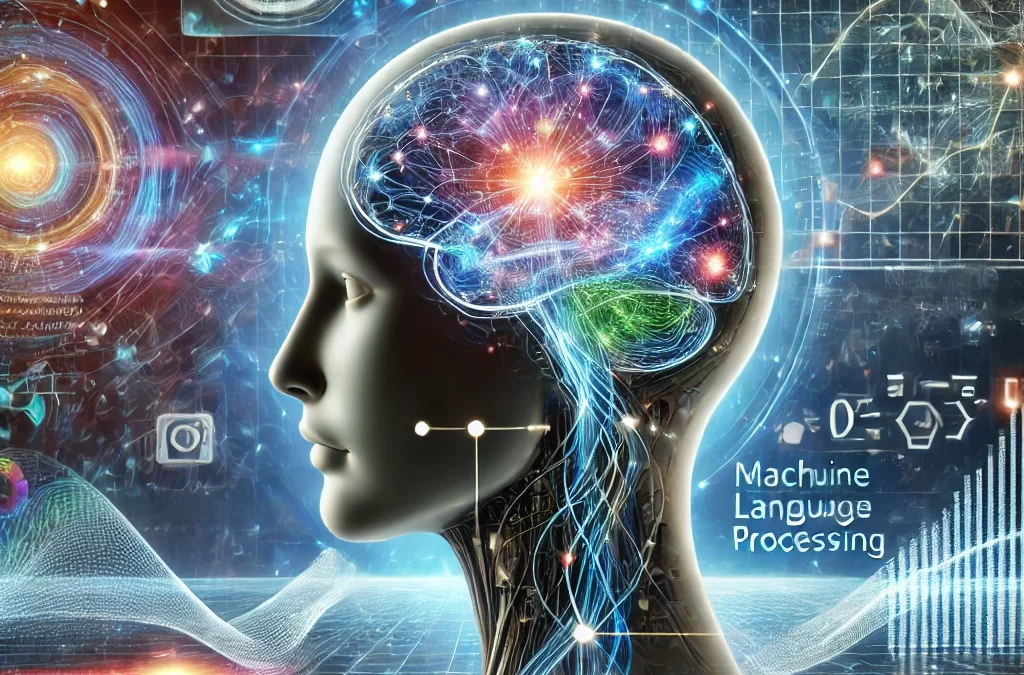Artificial Intelligence (AI) is all around us, making our lives easier and more efficient. From voice assistants like Siri and Alexa to self-driving cars and advanced medical diagnosis systems, AI is transforming the way we live and work. It continuously learns, adapts, and improves, making it a crucial part of modern technology.
👉 Learn more about AI basics: IBM AI Guide
How AI Learns: Machine Learning
Think of AI as a student that studies data instead of books. The more data it processes, the smarter it becomes. This learning process, known as Machine Learning (ML), allows AI to recognize patterns and make predictions.
Types of Machine Learning:
- Supervised Learning – Similar to a classroom setting, AI is trained with labeled examples where it knows the correct answers.
- Unsupervised Learning – Instead of direct instruction, AI explores data independently, finding hidden patterns without predefined answers.
- Reinforcement Learning – By trial and error, AI learns from rewards and penalties, much like a video game character leveling up.
👉 Read more about Machine Learning: Google AI & Machine Learning
Deep Learning: AI’s Brainpower
Unlike traditional AI models, Deep Learning mimics the human brain using neural networks—interconnected nodes that process information. These networks enable AI to power advanced applications such as image recognition, speech translation, and autonomous driving. As a result, deep learning has become a major breakthrough in artificial intelligence.
👉 Explore Deep Learning concepts: Deep Learning by MIT
AI in Everyday Life
Today, AI is making a significant impact across different industries:
✅ Healthcare – By analyzing vast amounts of medical data, AI assists doctors in diagnosing diseases and predicting patient outcomes.
✅ Finance – With the ability to detect fraud and automate stock trading, AI is transforming the financial sector. Additionally, it helps provide personalized investment advice.
✅ Retail – AI enhances customer experience by recommending products, improving service, and optimizing inventory management.
👉 Discover AI in industries: Stanford AI Index Report
The Future of AI
Without a doubt, AI is evolving at an incredible pace. As businesses integrate AI into their operations, we will continue to see groundbreaking innovations in multiple fields. Whether it’s improving business efficiency, advancing medical research, or simplifying everyday tasks, AI is here to stay.

